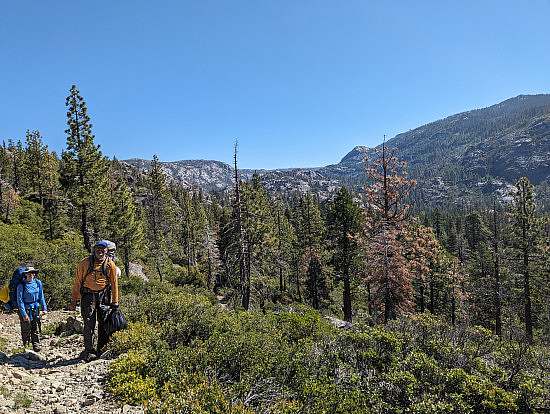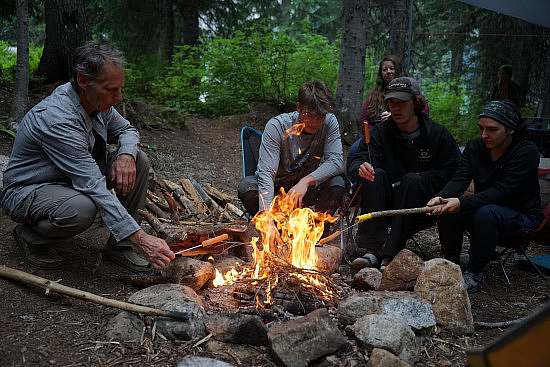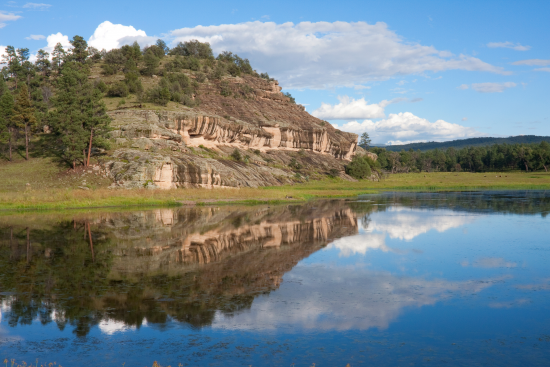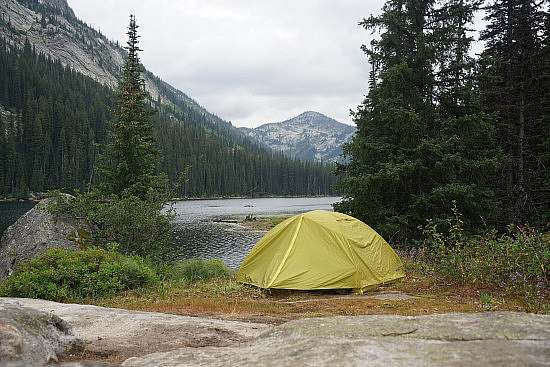Rebuilding Trails in the Face of Fires

In recent years, our planet has witnessed extreme environmental changes that have had a profound impact on the frequency and intensity of forest fires. Escalating temperatures, prolonged droughts, and changing precipitation patterns have created a perfect storm for wildfires.
Forest fires have not spared the intricate network of trails that wind through our natural landscapes. According to the U.S. Forest Service, an estimated 6.7 million acres of land is damaged by wildfires each year, disrupting ecosystems and limiting access for outdoor enthusiasts. As we navigate this new reality, the urgent need to restore trails damaged by fire has never been more apparent. Now is the perfect time to channel our efforts towards rebuilding these vital pathways that connect us to nature.
The Need For Volunteers
Volunteers play a vital role in healing the wounds inflicted by forest fires and preserving our recreational spaces in three key ways:
- Critical Need for Restoration: The aftermath of a forest fire leaves trails in dire need of restoration. Erosion, debris, and fallen trees create obstacles that impede access and pose risks to both hikers and wildlife. Engaging in trail restoration efforts is crucial to ensuring the long-term health of our ecosystems.
- Preserving Biodiversity: rebuilding trails with a focus on sustainability not only …. Rebuilding trails in a sustainable way not only allows us to reconnect with nature but also plays a vital role in preserving biodiversity. By incorporating principles of ecological restoration into trail reconstruction efforts, such as using native vegetation and minimizing disturbance to surrounding ecosystems, we can contribute to the resilience of wildlife populations and their habitats. Trails can serve as corridors for wildlife movement, and by restoring damaged ones, we can contribute to the regeneration of habitats.
- Community Resilience: Communities that rely on the recreational and economic benefits of trails face setbacks when these pathways are damaged. By restoring trails, we foster community resilience, supporting local economies and ensuring that outdoor spaces remain accessible to all.

How to Get Involved
American Hiking Society offers a powerful way for individuals to contribute to the restoration efforts through its Volunteer Vacations program. This initiative provides a unique opportunity for passionate individuals to actively participate in rebuilding trails and community service.This year, AHS is offering a variety of trips that give volunteers the opportunity to actively contribute to the restoration and renewal of fire-damaged landscapes, including the two highlighted below.
Gila Wilderness Adventure:
Embark on a journey to the Gila National Forest, where volunteers will collaborate with the Glenwood Trail Crew to reopen a long-lost local favorite trail. On this trip, volunteers will restore three miles of fire-damaged wilderness trail on the Little Whitewater Trail, connecting downtown Glenwood to the heart of the Wilderness. This adventure not only offers a chance to give back but also allows you to immerse yourself in the beauty of America's first wilderness area. 
Arizona National Scenic Trail Expedition:
For the avid adventurer, the Tonto National Forest beckons with its diverse landscapes. Volunteers on this expedition will provide critical support to a remote section of the Arizona National Scenic Trail impacted by recent fires. Volunteers will engage in tread repair, rock work, brushing, and general trail maintenance. Experience the challenge and reward of contributing to the restoration of a trail surrounded by breathtaking scenery and varied terrain.

Make a Difference
Joining these Volunteer Vacations is an opportunity to be part of a community dedicated to preserving and restoring our trails. Take action, make a lasting impact, and forge connections with like-minded individuals who share your passion for the great outdoors. Sign up for a Volunteer Vacation today and be part of the collective effort to ensure a vibrant and resilient future for our natural spaces. The trails await, and with your help, they will rise from the ashes stronger than ever.

